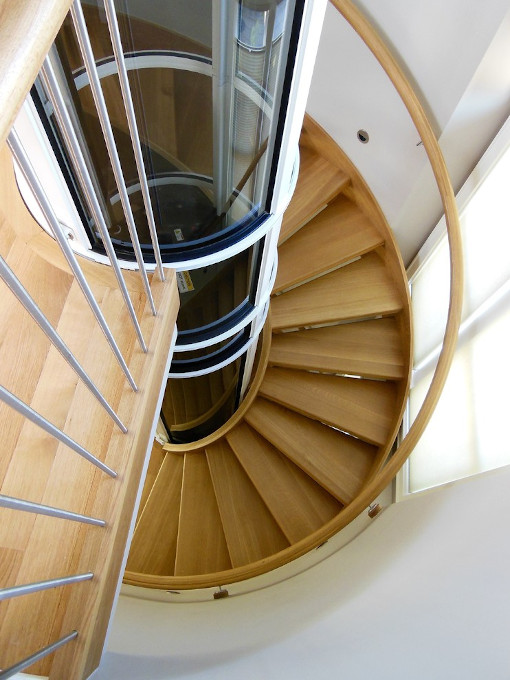As the Baby Boomer generation grows older and aging-in-place becomes an ever more popular option for homeowners, residential elevators are gaining in popularity. Manufacturers are stepping up to meet this growing demand.
According to the AARP, in 2014 87 percent of adults ages 65 and older and 71 percent of adults ages 50 to 64 wanted to stay in their current home and community as they aged. Many of these homes are multi-story, creating a problem as older individuals begin to have trouble with stairs. Elevator manufacturers have seen demand for their products rise accordingly.
“Especially in the past five years we’ve seen a growing trend of people wanting additional accessibility in their homes,” says Patrick de Ledebur, a sales and marketing specialist for Pneumatic Vacuum Elevators. “I don’t think this trend will change; I think it will actually continue to grow. As more people age and as medicine and technology allow us to live longer, people who have already invested a lot of their own resources and money and even their lives and memories into a home want to stay in it.”
Beyond aging-in-place, Bruce Ramsay, marketing manager for Garaventa Lift, says he’s seeing elevators become more common as a luxury product, instead of a purely utilitarian necessity. In many cases, the luxury home market automatically builds homes according to universal design principles, so elevators are more often included even if the owners are far from needing them.
“As luxury homes are going into places where the land is very valuable… in a lot of neighborhoods [houses] are growing up,” Ramsay says. “People are putting [elevators] into their homes to plan for the future, or for the happenstance that somebody comes along, like an elderly relative, who may have difficulty using the stairs.”
From three-speed sliding doors to lifts powered by air and gravity, home elevator designs have come a long way. Here are five elevators that will increase accessibility in your homes.


